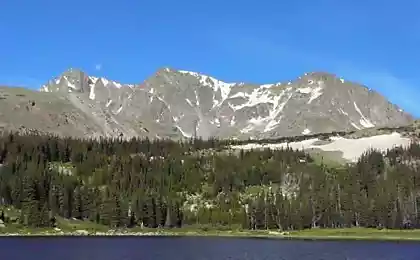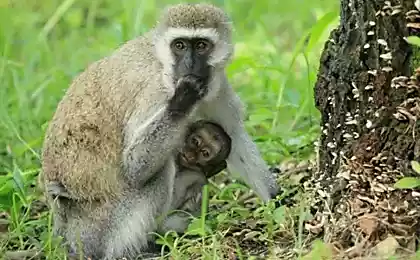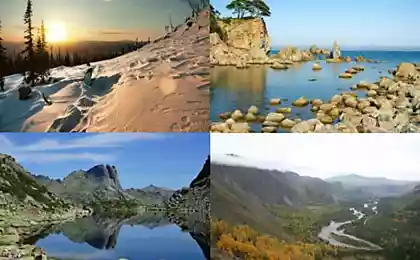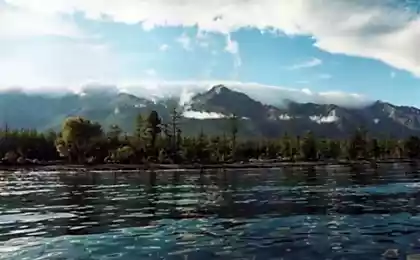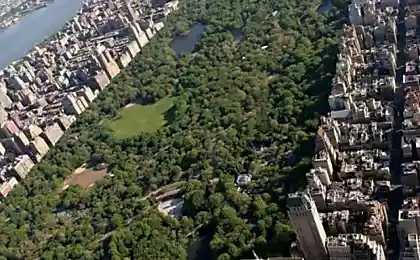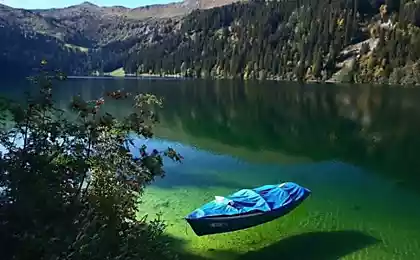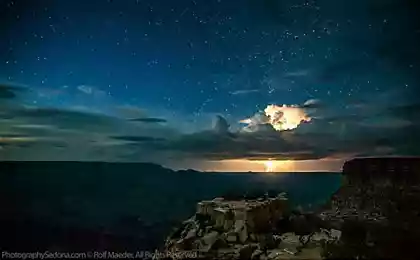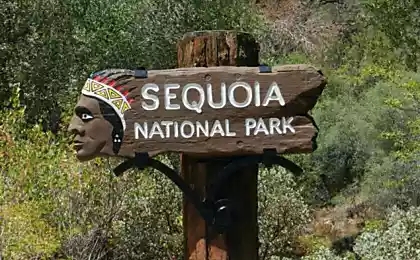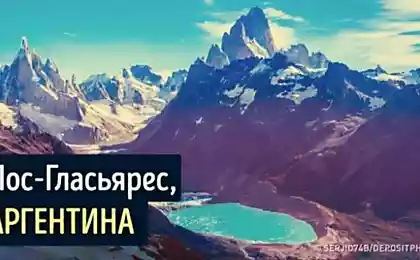986
Great Grand Canyon
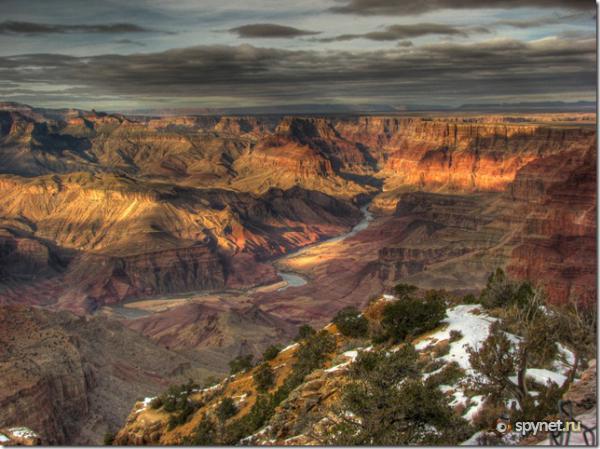
In the northwest of Arizona it is - one of the most interesting and unique corners of the Earth - US National Park Grand Canyon, covering an area of approximately 5000 km2.
Grand Canyon, including its extensive system of adjacent canyons, is neither the largest nor the deepest in the world, but it is valued primarily for its harmonious combination of size, depth and multi-colored layers of exposed rocks that date back up to the Precambrian period.
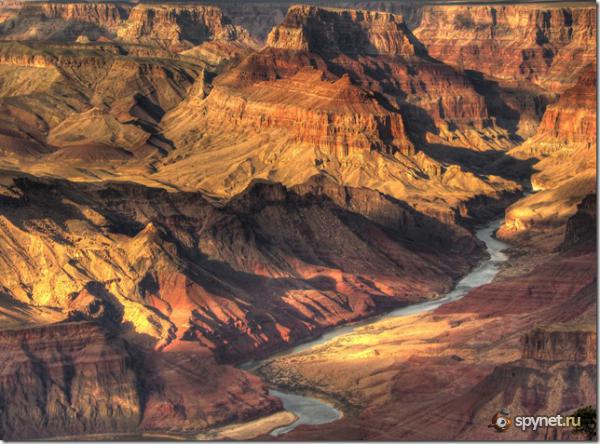
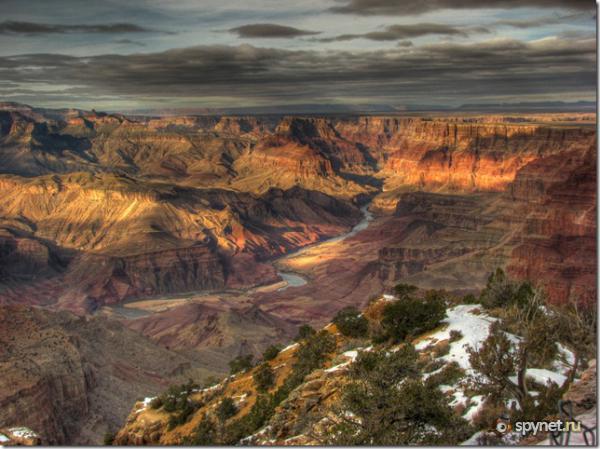
Grand Canyon - one of the most unusual geological sites of the planet, so it is very well studied. It can detect 4 geological age of the Earth, a variety of rocks and caves that contain rich geological, biological and archaeological material. Canyon is considered one of the best examples of soil erosion.

Canyon was formed for about 10 million. S: plain, on which flowed Colorado, heaving under the influence of ground forces, and the water flow gradually hit a plateau, washing away quite soft rock canyon - limestone, sandstone and shale. Now at the bottom of the gorge we have made the most ancient rocks - granite, the destruction of which is much slower. The gorge at 20 km. hour race red-brown waters of Colorado (the name of the river is Spanish and means "red"), rolling on the bottom of the huge boulders and pebbles, and carrying with them so much sand and clay that the river becomes completely opaque. During the day, Colorado takes in the sea about half a million tons of rock. Stones and sand carried by the river, increase destructive effect produced by Colorado, and even very strong granite box canyon that wiped "sandpaper" each year by a quarter of a millimeter.
No description can not really prepare a person for scale and grandeur of this great canyon, stretching into the distance, as far as the eye can see, a grand complex of canyons, waterfalls, caves, towers, ravines and ledges. It seems that the Grand Canyon is always a new look, and the sun and the shadows of clouds running over rocks forced to constantly change color tones in a sophisticated palette of black and purple-brown to pale pink and bluish-gray.
Europeans first saw the canyon Spanish conquistadors - it happened in 1540. However, only in 1869 the first scientific expedition was able to go through the Grand Canyon by boat (breaking the more than two hundred rapids) and create a description.
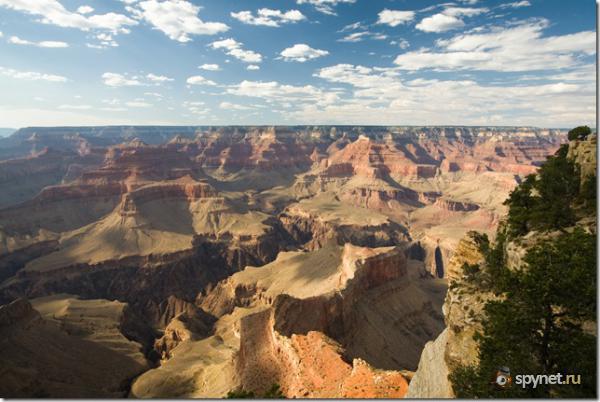
The park was founded in 1908 to protect the unique natural formation - the gorge of the Colorado River, which is in the middle of its course. The length of this enormous, the grandest canyon on Earth - about 350 km, and its depth reaches nine thousand meters. The width of the canyon varies from six to twenty kilometers, and at one point he even narrowed to eight meters. Lower down the walls gradually converge closer to the bottom of the canyon and the width of the valley of Colorado is only about a hundred meters.
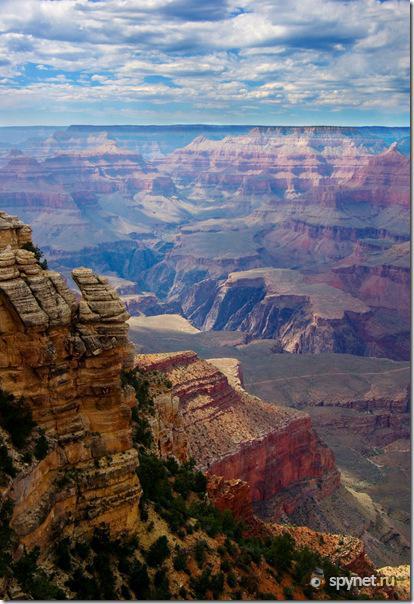
In the early 60-ies of XX century on this miracle of nature looms large danger. The Federal Energy Commission has developed a plan to build a cascade of reservoirs that were to flood part of the canyon. However, in defense of the canyon by an active campaign, which won: Congress has not given permission for the construction of dams.
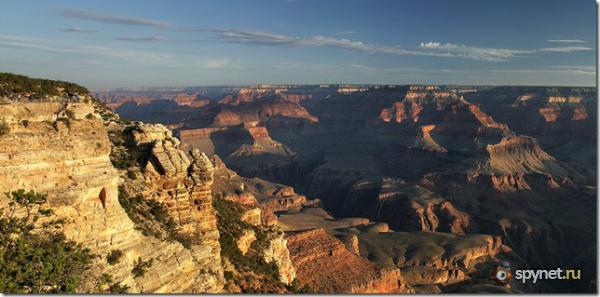
By the way, not so long ago in the Grand Canyon was built horseshoe-shaped viewing platform with a glass floor, coming on that you can feel as though soar in the air)
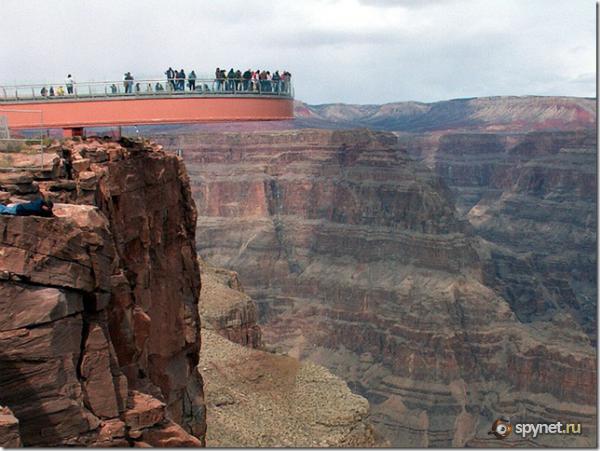
The vast expanse of the gorge just does not look long, narrow dip in the land. It is filled with chaotic accumulations of rocks buttes with the most bizarre form. Landslides, water and wind erosion have created within the walls of the canyon outlines of giant pagodas, pyramids, towers, fortifications, representing a unique beauty and grandeur of the spectacle. Many of them have their own names: Vishnu Temple, Shiva Temple, Wotan's Throne, etc.

Grand Canyon National Park consists of several ecosystems: its territory is at least five forest areas and four desert. Flora and fauna of the reserve includes 1,500 species of plants, 355 species of birds, 89 species of mammals, 47 species of reptiles, 9 species of amphibians and 17 species of fish.
The climate on the plateau and the bottom of the Grand Canyon varies dramatically - when the top fifteen degrees at the bottom of the gorge, among the red-hot stones temperature rises to forty plus.
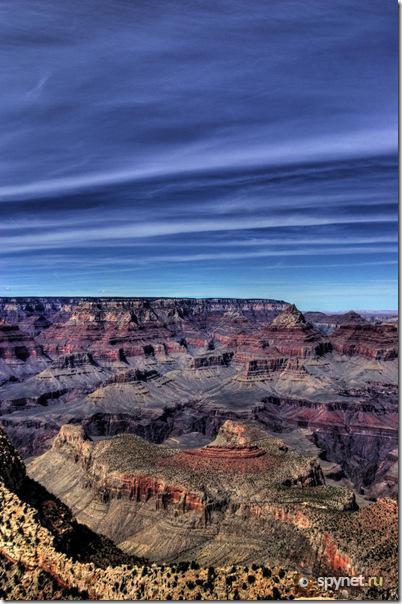
Looking at the bottom of the Grand Canyon from one of the many benches, it is difficult to believe that a tiny muddy rivulet down there has created a huge gorge. However, if you go down to the bottom of the canyon, the Colorado River is a fast and powerful - Lava rapids Foley considered the fastest navigable rapids in the world - and is not so difficult to imagine how it could make its way through the rocks.

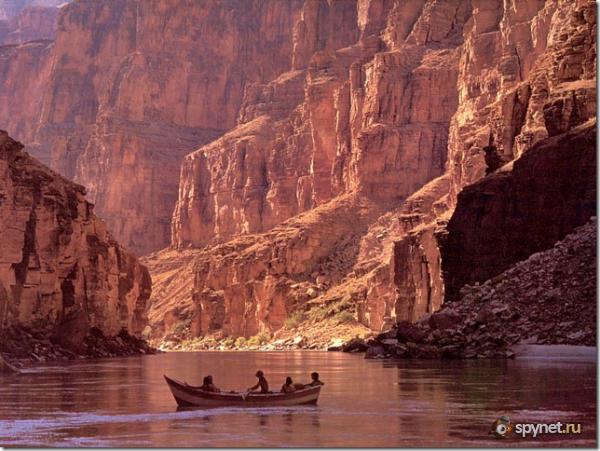
And it is - one of the branches of the Colorado River located slightly downstream from Lake Powell within Glen Canyon National Recreation Area. It called the sleeve Arizona's Horseshoe Bend (Arizona horseshoe bend). Particularly impressive view opens when you look at the river from the 305-meter cliff, located above it.
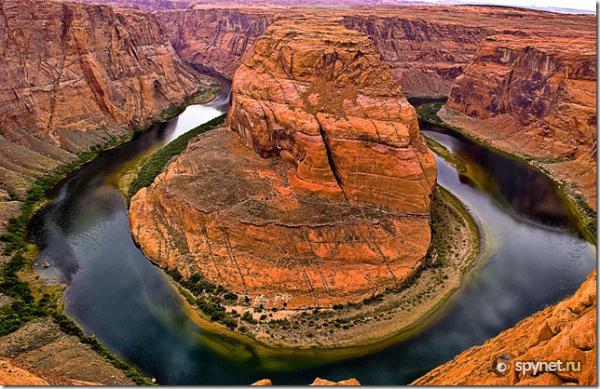
By the way, downstream of the Colorado River is the famous Hoover Dam, which is considered one of the most beautiful dam ever built by man
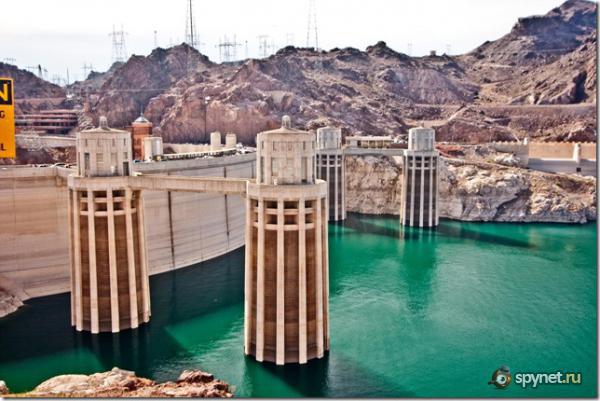

Now it is one of the main tourism destinations in the US - the grandiose scale of the canyon and its quaint remnants of the most fantastic forms attracted annually to the national park of the Grand Canyon more than 2 million. Man.

If was very interesting, I recommend to Google Earth to wander through the canyon in 3D-form - is impressive ...
